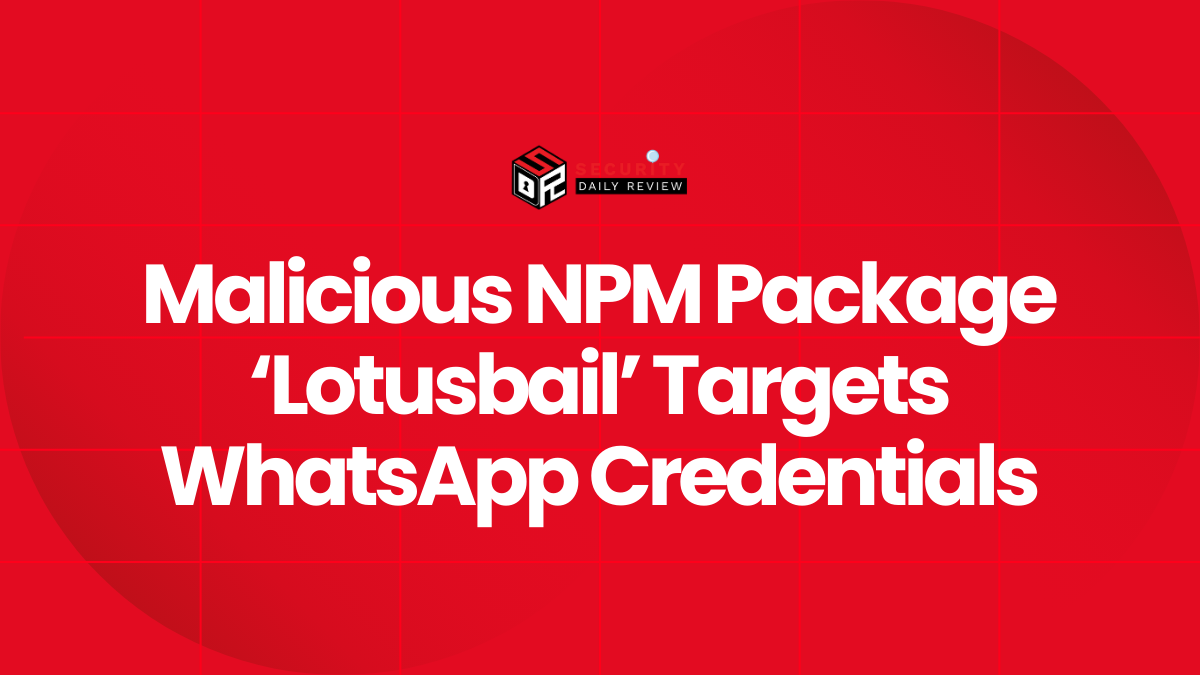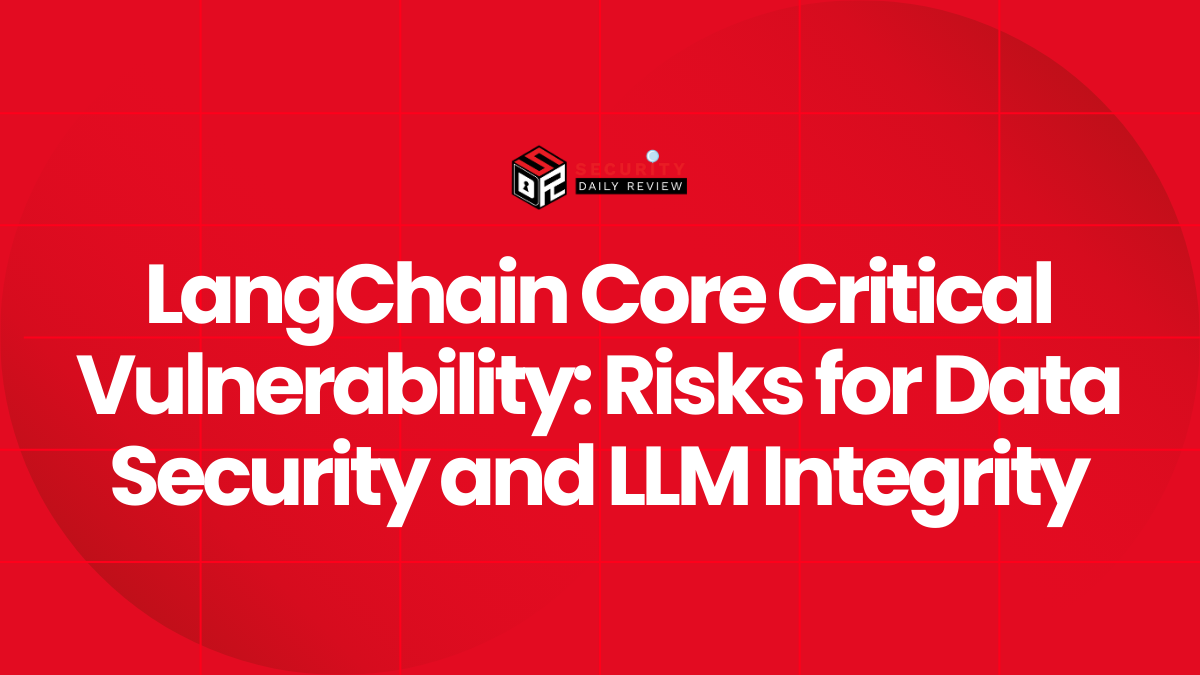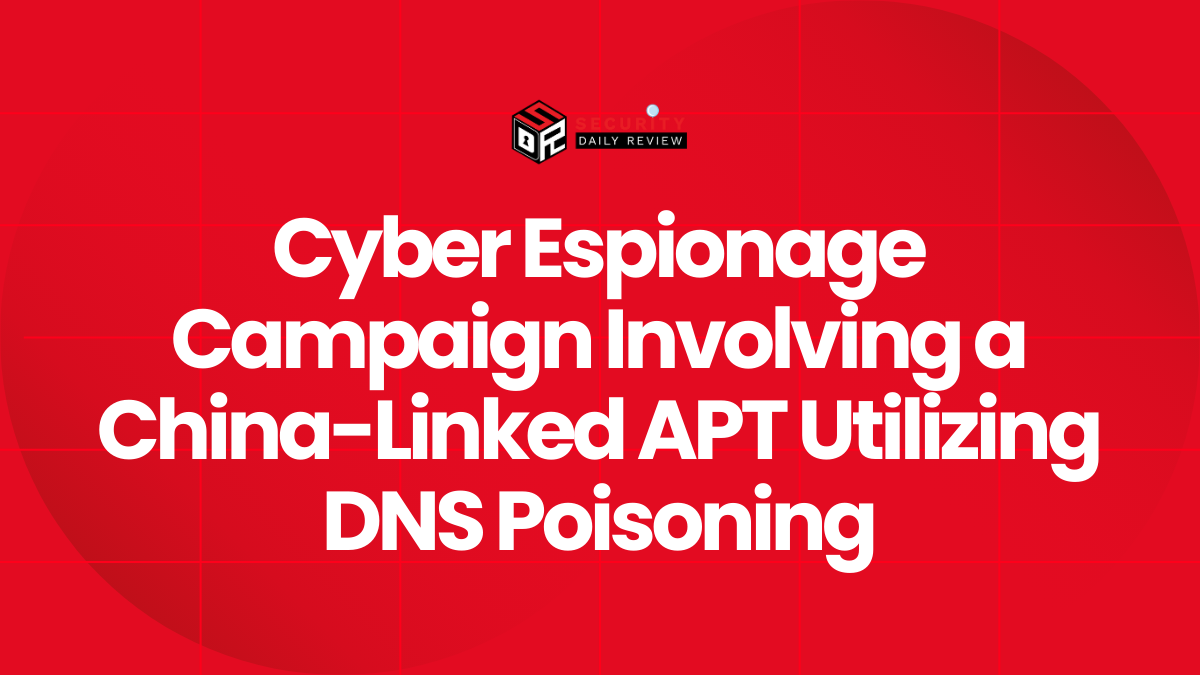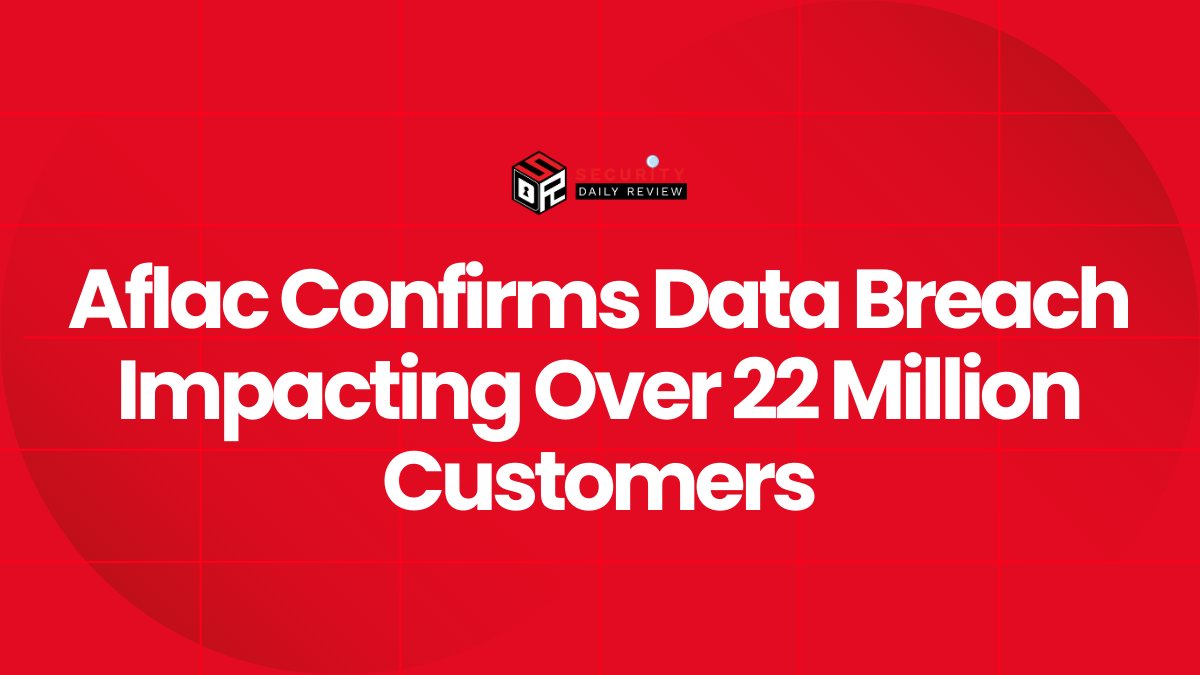A new wave of sophisticated phishing attacks is sweeping across multiple industries, using social engineering and obfuscation to distribute the malware loader known as UpCrypter. Cybersecurity researchers have confirmed the campaign’s global reach and vertical versatility, impacting manufacturing, healthcare, technology, construction, retail, and hospitality. These attacks hinge on convincing phishing emails—often masquerading as fake voicemails or purchase orders—that ultimately deliver Remote Access Trojan (RAT) payloads, giving attackers pervasive control over targeted systems.
UpCrypter Malware Loader is Central to this Expanding Threat
UpCrypter functions as a gateway to multiple RAT variants, enabling covert and persistent access to infected endpoints.
Delivery Begins with Deceptive, Voicemail-Themed Emails
Researchers traced initial infection vectors to email-based phishing messages. These emails are designed to mimic legitimate business correspondence, such as voicemails, shipment invoices, or purchase orders.
Recipients are lured into clicking on malicious links or downloading attachments, which may include:
- Scalable Vector Graphics (SVG) files
- JavaScript droppers
- Compressed (ZIP) archives carrying obfuscated batch files
Clicking the link or opening a file in these messages triggers the deployment of the UpCrypter loader. These phishing kits often impersonate business communications convincingly enough to deceive even cautious users, especially those without extensive security training.
Obfuscated Scripts and Anti-Analysis Techniques Defeat Traditional Defenses
The phishing campaign’s effectiveness is rooted in its technical sophistication. Every stage of this attack is layered with obfuscation to bypass detection mechanisms like Windows Antimalware Scan Interface (AMSI) and Event Tracing for Windows (ETW). These evasion techniques include:
- JavaScript obfuscation to mask downloader logic
- Encoded batch scripts disguised as legitimate processes
- Use of environmental checks to avoid automated analysis tools and sandboxes
Analysts suggest this deliberate layering significantly increases dwell time, allowing threat actors to establish command and control (C2) communications and lateral movement before detection.
UpCrypter Facilitates the Deployment of Multiple RAT Payloads
Once UpCrypter is executed, it delivers one or more RATs, each providing attackers with persistent backdoor access. Detected payloads include:
- Venom RAT – Capable of executing remote commands, exfiltrating data, and downloading further malware, Venom RAT also targets folders tied to cryptocurrency wallets like Atomic Wallet and Electrum.
- Remcos RAT – Known for keystroke logging and clipboard monitoring.
- NanoCore RAT – Offers campaign-specific modules tailored for keylogging, remote desktop, and credential theft.
- DCRat – A Russian-developed RAT with extensive plugin support.
- PureHVNC – An open-source tool used for establishing hidden Virtual Network Computing (VNC) sessions.
- Babylon RAT – Provides traditional RAT features including process management and file manipulation.
All RATs installed via UpCrypter maintain communication with their respective C2 servers, allowing real-time attacker surveillance and control over victim systems.
Rapid Expansion Hints at Widespread Campaign Infrastructure
According to data collected over a two-week monitoring period, detections of this phishing campaign have surged dramatically. The speed of propagation—combined with its payload variety—suggests the campaign is leveraging pre-built phishing kits and an expansive delivery infrastructure.
The availability of phishing-as-a-service (PhaaS) kits and commodity malware, including loaders like UpCrypter, likely fuels the campaign’s reach. Researchers believe the sophisticated email templates and multi-stage infection payloads are accessible even to less technically adept threat actors.
Organizations Must Adapt Security Postures to Mitigate UpCrypter Risks
The multi-stage nature of this phishing campaign requires a layered security approach that combines email filtering, endpoint detection, and user education.
Recommended Security Measures
To defend against threats like UpCrypter and its RAT payloads, security teams should consider implementing:
- Advanced Email Filtering : Use filters that detect spoofed senders, suspicious links, and unusual attachment types, such as SVG or SFX-compressed files.
- Endpoint Detection and Response (EDR) : Deploy behavior-based detection capable of flagging obfuscated scripts and lateral movement activities associated with RAT usage.
- Anti-Phishing Training : Roll out regular, realistic training simulations to help users identify voice message phishing lures and other social engineering vectors.
- Attachment Sandboxing : Analyze inbound email attachments in isolated environments to detect execution paths and payload delivery flows.
Monitor for Indicators of Compromise
Indicators of compromise (IOCs) related to the UpCrypter phishing campaign include:
- Unusual outbound connections to unfamiliar C2 domains
- Scheduled tasks initiated by unknown batch scripts
- Detected command-line activity consistent with RAT execution
- Suspicious registry key changes linked to persistence mechanisms
Security teams are advised to incorporate these IOCs into their threat-hunting rules and SIEM (Security Information and Event Management) tools.
The Stakes are Rising with Each Campaign Iteration
Every iteration of this phishing campaign demonstrates increasing sophistication—not only in payload obfuscation but also in social engineering. As UpCrypter becomes a favored loader for delivering remote access trojans, defenders must remain vigilant. The intersection of phishing, malware-loading frameworks, and remote access tools creates a potent mix that can quietly erode corporate defenses.
This campaign is a stark reminder that email is still one of the most effective initial access vectors in modern cybersecurity threats. Organizations that invest in adaptive email security technologies and proactive endpoint monitoring will be best positioned to counter current and future incursions powered by tools like UpCrypter.









